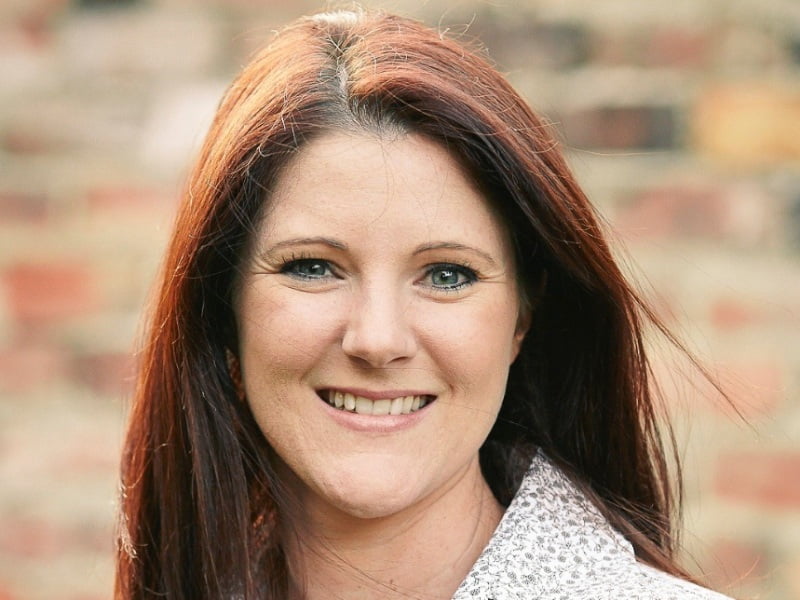While the federal government prepares details of a new $18 million grants program to support female founders, new research has uncovered a stark gender imbalance in existing entrepreneur support programs.
In a discussion paper published to coincide with International Women’s Day, ANDHealth says not only is there a substantial lack of gender diversity in the broader innovation ecosystem – something that has been well recognised by government – but there is a lack of gender diversity in the government’s own programs that support that innovation ecosystem.
And according to ANDHealth founder and CEO Bronwyn Le Grice, the gender inequity issues inside the Industry department programs runs the risk of perpetuating the lack of gender diversity across the rest of the system.

ANDHealth is Australia’s only female-founded health accelerator and commercialisation support organisation. It produced the discussion paper to feed into a consultation around the design of the Boosting Female Founders Initiative, which was announced in 2018 and will start funding female-founded startups from next financial year.
Ms Le Grice said there had been little scrutiny of the support system for founders in the crucial three-to-five-year period between company formation and the venture capital raising stages. It is during this period, she says, that new companies rely most on government support programs.
The numbers speak for themselves.
Only five of the 20 advisers attached to the government’s flagship Accelerating Commercialisation program are women. Of the 148 Accelerating Commercialisation grants awarded in the past two years, less than 20 per cent went to female-founded or co-founded companies (29).
The Industry department’s Entrepreneur Programme, which uses a network to help companies access expert advice, funding and incentives has just 25 female advisers out of a total of 137 advisers (18 per cent).
The Incubator Support initiative, which funds incubators that in turn support local startups with a global focus awarded 13 grants out of 39 to female led or co-managed organisations.
Ms Le Grice says the numbers are both stark and instructive. She says the intuitive reflection suggests this gender imbalance is likely repeated across other state and federal ecosystem support programs, including on the panels that assess individual grant applications.
She cautioned that the research was “very top-line” and it had looked at Accelerating Commercialisation and the Entrepreneurs only because its data was both clear and available, not because their gender issues were likely to be any worse than other programs.
If government wants to make a real impact on the gender issues in the ecosystem, the fastest way would be to change the eligibility requirements of grants programs to include a minimum diversity component.
“There are levers in these programs where if you pulled them it would have an immediate effect in companies,” Ms Le Grice told InnovationAus.
“If you have a minimum diversity threshold in order to be eligible for a grant – especially a grant like Accelerating Commercialisation – then I would suggest that there would be an immediate impact.”
“The innovation ecosystem itself makes a lot of noise about supporting women entrepreneurs, and the data on what harnessing their capability would do for our economy is inarguable,” she said.
“But to only look at how many (women) are starting up companies and then how many are raising capital is missing the fact that there is this three to five year period where would could be building out this really equitable market for them to be supported.”
“Although governments have made lots of progress with gender board diversity targets, it hasn’t flowed through to the general ecosystem.”
“And realistically if you want to affect immediate change, the easiest way to do that is to use the levers that already exist inside programs already.”
ANDHealth also reviewed more than 90 Australian accelerators operating across the ecosystem in multiple different industry sectors.
Of the 50 accelerators that provided public information on their founders, boards and management teams, only 15 per cent were female-founded, just 22 per cent had a female CEO or managing director, and less than 34 per cent of their directors were female.
And yet this is the support infrastructure than female founders plug into.
“On International Women’s Day, ANDHealth issues a call to action for all government agencies to move towards gender equity in the way they deliver their public funding programs for innovation,” Ms Le Grice said.
“An increasing body of evidence demonstrates the benefits of diversity to the economy overall. Australia has made good progress in improving gender diversity, and I applaud the Boosting Female Founders Initiative,” she said.
“Now we have to achieve gender equity throughout the innovation ecosystem. Governments have multiple levers with which they can generate immediate and lasting change, unleashing the full positive impact of our women entrepreneurs on the Australian economy.”
Do you know more? Contact James Riley via Email.

